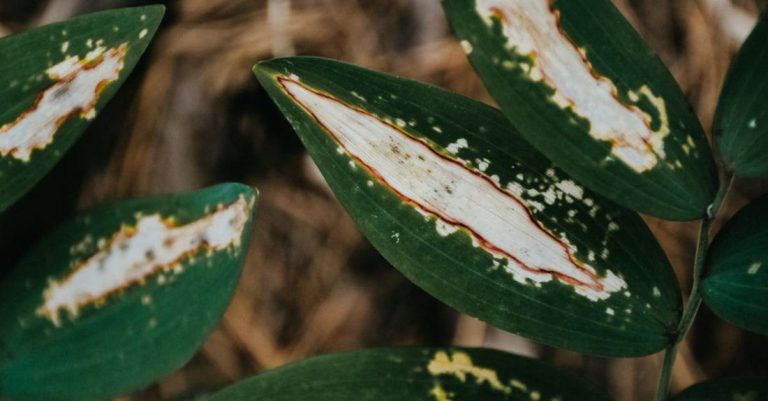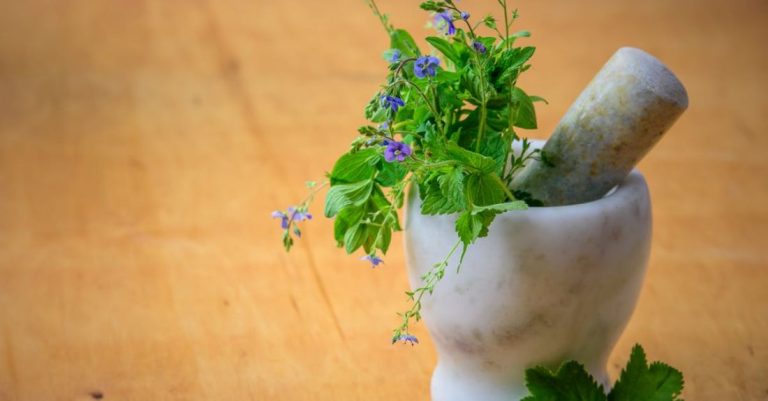
Indoor air quality is crucial for our health and well-being, especially considering how much time we spend indoors. One effective way to improve the air quality in our homes is by incorporating plants. Not only do plants add a touch of nature to our indoor spaces, but they also have the ability to purify the air by removing toxins and releasing oxygen. If you are looking to enhance the air quality in your home, here are some of the best plants to consider.
**Snake Plant (Sansevieria trifasciata)**
The snake plant, also known as mother-in-law’s tongue, is a popular choice for indoor spaces due to its ability to thrive in low light conditions. This plant is excellent at filtering out toxins such as formaldehyde, benzene, xylene, and trichloroethylene from the air. Additionally, the snake plant is low maintenance, making it ideal for those who may not have a green thumb.
**Spider Plant (Chlorophytum comosum)**
Spider plants are not only visually appealing with their long, arching leaves, but they are also effective at purifying the air. This plant is known for its ability to remove carbon monoxide, formaldehyde, and xylene from indoor spaces. Spider plants are easy to care for and can thrive in a variety of lighting conditions, making them a versatile choice for any home.
**Peace Lily (Spathiphyllum)**
The peace lily is a beautiful plant that not only adds a touch of elegance to any room but also helps improve indoor air quality. This plant is known for its ability to remove toxins such as ammonia, formaldehyde, benzene, and trichloroethylene from the air. The peace lily thrives in low light conditions and requires regular watering, making it a great option for those looking to add a splash of greenery to their home.
**Aloe Vera (Aloe barbadensis miller)**
Aloe vera is not only known for its soothing gel that can be used for various skin conditions but also for its air-purifying properties. This plant is effective at removing formaldehyde and benzene from indoor air. Aloe vera plants are easy to care for and require minimal watering, making them a low-maintenance option for those looking to improve their indoor air quality.
**Rubber Plant (Ficus elastica)**
The rubber plant is a popular choice for indoor spaces due to its large, glossy leaves and air-purifying abilities. This plant is effective at removing formaldehyde from the air and can thrive in various lighting conditions. The rubber plant is relatively low maintenance and only requires occasional watering, making it a great choice for those looking to enhance their indoor air quality without much effort.
**Boston Fern (Nephrolepis exaltata)**
Boston ferns are not only visually appealing with their lush, feathery fronds but also excellent at purifying the air. These plants are known for their ability to remove toxins such as formaldehyde and xylene from indoor spaces. Boston ferns thrive in humid conditions and require regular watering to keep their soil moist, making them a great choice for bathrooms or kitchens.
**English Ivy (Hedera helix)**
English ivy is a versatile plant that can be grown indoors or outdoors and is effective at purifying the air. This plant is known for its ability to remove toxins such as formaldehyde, benzene, and xylene from indoor spaces. English ivy can be grown in hanging baskets or as a climbing vine and requires moderate sunlight and regular watering to thrive.
Incorporating these plants into your indoor spaces can not only enhance the aesthetics of your home but also improve the air quality. By choosing plants that are effective at purifying the air, you can create a healthier environment for you and your family. Consider adding some of these plants to your home to enjoy the benefits of cleaner, fresher air.





